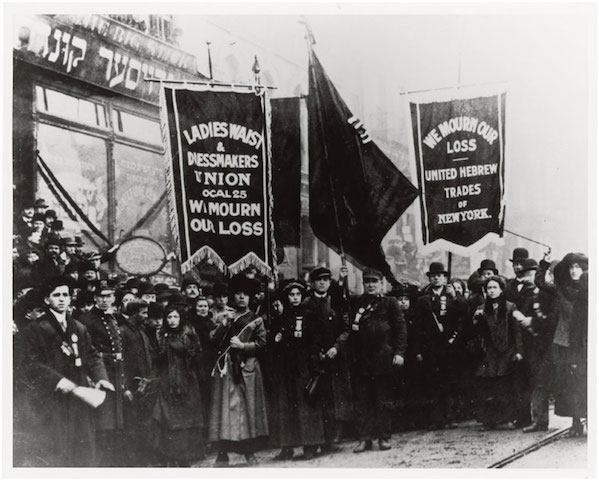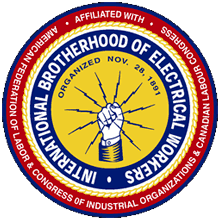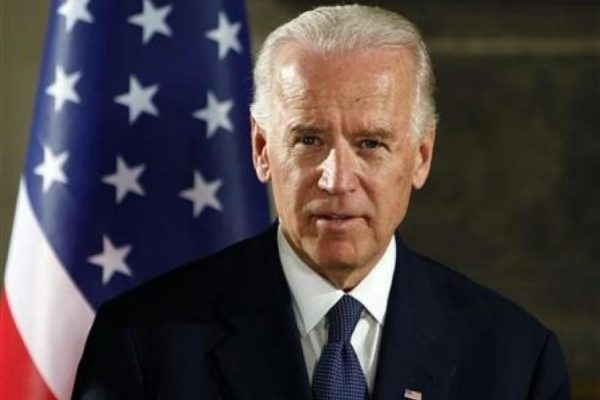
New York, NY– For the third year in a row, due to the COVID pandemic, a coalition of unions and labor advocacy groups will hold a virtual commemoration marking the anniversary of the Triangle Shirtwaist Factory fire March 25, 1911. The infamous lower Manhattan blaze took the lives of 146 mostly young immigrant women workers, and led to the enactment of workplace fire safety regulations as well as the establishment of wage and hour standards.
Many of the Triangle workers had to jump several stories to their deaths because the factory owners, who were staunchly anti-union, had operated the site with locked exits and limited elevator access. The Triangle owners resisted signing a union contract, unlike other garment factory owners who settled with the garment workers after their 1909 general strike that shut down the industry in New York City when 20,000 garment workers, mostly women, took to the streets.
While the Triangle plant owners were acquitted of manslaughter, the outrage over the mass casualty workplace fire has endured thanks to the efforts of The Remember the Triangle Fire Coalition and The Workers Circle, as well as the AFL-CIO’s New York City Central Labor Council and Workers United/SEIU.
Workers United/SEIU traces its roots back to the International Ladies’ Garment Workers’ Union [ILGWU] and the Amalgamated Clothing and Textile Workers Union. It was organizers for Local 25 of the ILGWU who were working to organize the Triangle Shirtwaist factory at the time of the fire one-hundred-and-eleven years ago.
Today, it represents 80,000 members across the United States and Canada employed in the apparel and textile industries, as well as in the hospitality, food service, laundry, manufacturing, distribution and non-profit sectors.
Edgar Romney is the Secretary Treasurer of Workers United/SEIU and is one of the featured speakers at the March 25 online event.
“Labor unions have never been more relevant than in this age of the COVID pandemic,” he said during a phone interview. “In the 1911 Triangle Fire it was the lack of unobstructed exists and sprinklers that caused unnecessary deaths and made people aware of what was needed. Today, it was the lack of masks and proper ventilation that but our essential workers at risk.”
Romney added that the other common thread linking the Triangle Fire to today’s pandemic workplace challenges was labor’s support of immigrant workers, regardless of their documentation status. “Once again, the labor movement has taken the position that the essential workers that were serving the entire society making sure we got what we needed to survive deserved workplace protections like PPE no matter what their immigration status,” Romney said.
Mary Anne Trasciatti is president of the Remember the Triangle Fire Coalition and the director of Labor Studies at Hofstra University. Along with Edvige Giunta, she edited Talking to the Girls: Intimate and Political Essays on the Triangle Shirtwaist Factory Fire recently published by New Village Press.
“The essential workers during the COVID pandemic are the Triangle workers of today,” said Trasciatti during a phone interview. “These are the people who went to work not knowing if they would get sick with a deadly disease and in the process expose their families. And as in 1911, when immigrant workers were considered expendable, in the 21st century they are still considered expendable by some employers.”
There has been no registry kept of which of the close to one million Americans who died of COVID contracted it at work. However, the City of New York estimates close to 400 civil servants perished during the pandemic, in addition to over 170 employees of the MTA, mostly members of the Transport Workers Union.
According to NPR, COVID was the leading cause of death for police officers in 2021 when close to 500 officers died in the line of duty, a 55-percent spike from the previous year.
Back in April, the Guardian and Kaiser Health News reported that in COVID’s first year 3,600 U.S. healthcare workers died from their occupational exposure to the virus. Two-thirds of those deaths were of people of color.
This year’s March 25 Virtual Triangle Fire Commemoration can be accessed here. Registrants will receive a link to access the webinar via email.
The program includes: Lynne Fox, president, Workers United/SEIU; Edgar Romney, secretary-treasurer, Workers United/SEIU; Michelle Eisen, Starbucks barista (Starbucks Workers United); Haeden Wright, Warrior Met Coal Strike Auxiliary [United Mine Workers of America)]; Marg Suarez, IBEW Local 3; Alice Ip, activist in the 1982 Chinatown Strike; family members of the Triangle Fire victims and music by the New York City Labor Chorus, Tufara Waller Muhammad and Pastor Danita Waller Paige of the Datule’ Artist Collective, the Resistance Revival Chorus, Linqua Franqa, Annie Lanzillotto, and spoken word by Tanya Beltran.



